Key Takeaways
- DJI transitioned from its Hong Kong origins to Shenzhen, a city known as "China’s Silicon Valley."
- Shenzhen has evolved into a global manufacturing powerhouse, producing a range of consumer electronics.
- The city is a hub for rapid prototyping and innovative design, drawing startups and established firms alike.
- UNESCO recognizes Shenzhen as a "City of Design" due to its vibrant design community contributing significantly to various sectors.
From Hong Kong to Shenzhen: The Rise of DJI
Founded in Hong Kong in 2006, DJI swiftly relocated its headquarters to Shenzhen, a city that has transformed immensely over the past three decades. Once a cluster of rural villages, Shenzhen is now a thriving metropolis within the Guangdong manufacturing hub, often dubbed the "World’s Factory." This transformation has made it the birthplace of many global consumer products, including major tech gadgets and fashion items.
The Value of Manufacturing Reimagined
Manufacturing is typically perceived as a mundane process, having been largely offshored by many Western companies over the last few decades. However, Shenzhen turns this stereotype on its head, showcasing manufacturing as an invaluable asset—not just for mass-producing foreign-designed products, but also for creating advanced technological innovations. The city’s capabilities in design and manufacturing provide a fertile ground for developing cutting-edge technologies.
Collaborative Design Processes
At the heart of Shenzhen’s success lies a collaborative approach to design. It emphasizes teamwork across various departments rather than relying solely on individual brilliance. This engages a cycle of experimentation, often referred to as rapid prototyping, allowing teams to develop and refine ideas through iterative testing. This method hinges on Shenzhen’s accessible manufacturing resources.
A Growing Ecosystem for Innovation
With Shenzhen’s rapid advancement in manufacturing, there has been a notable influx of both Chinese and international companies establishing their offices within the city. This has cemented Shenzhen’s reputation as a prime location for startups, contributing to its nickname, “China’s Silicon Valley.”
One compelling assertion highlighted in a Guardian article states, “In Shenzhen, you have everything you need to turn a sketch on a napkin into 100,000 smartwatches, bike lights or drones, all shipped to Amazon or Argos in time for Christmas…” This captures the essence of Shenzhen’s entrepreneurial spirit and its robust manufacturing capabilities.
Advantages for DJI
By situating its headquarters in Shenzhen, DJI taps into the world’s largest supply chain of electronic components. The company has chosen to operate its own factory, which offers significant benefits for its Industrial Design and R&D Departments. Shenzhen’s strong foundation in manufacturing—not only for electronics but also for graphic and fashion design—has led UNESCO to recognize the city as a City of Design, acknowledging its flourishing creative industries.
UNESCO notes, “Shenzhen has more than 6,000 design firms accounting for 100,000 employees, creating a yearly output of around 11 billion Yuan (US$1.54 billion). Designers in Shenzhen cover various design fields such as graphic design, industry design, interior and architectural design, fashion design, toy design, jewelry design, crafts design, etc.” This highlights the city’s diverse offerings, catering to an extensive range of design disciplines.
Looking Forward
As Shenzhen celebrates its relatively young status—only 30 years since its rapid transformation—there’s excitement about the future. DJI looks forward to continuing its journey in Shenzhen, committed to innovation and the creation of groundbreaking products. This anticipation fuels the collective optimism for what the next three decades hold for both the city and the technology landscape it fosters.


